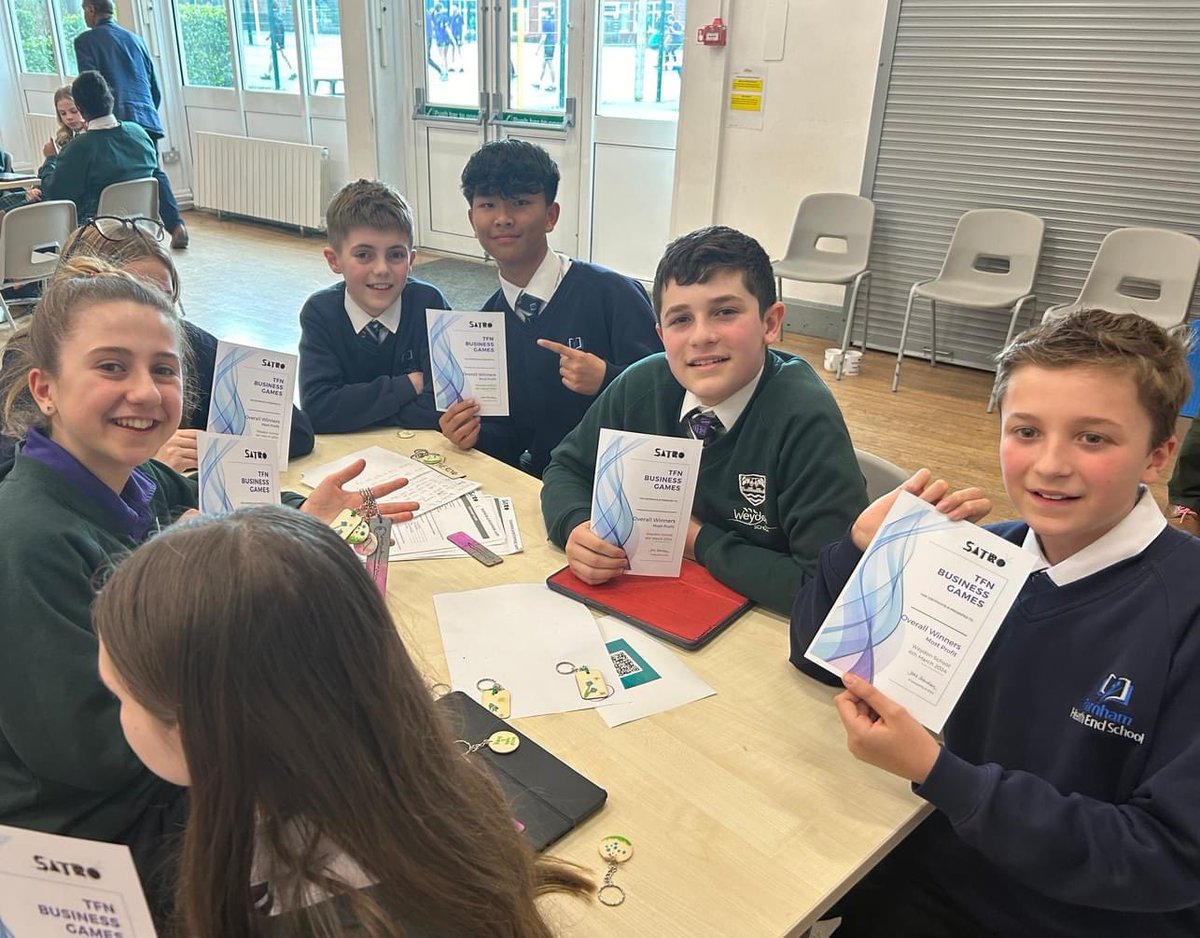Subject Information - Art & Design: Three-Dimensional Design
VISION/AIM
By studying 3D Design students will have the opportunity to gain confidence, independence and problem solving skills to enable appropriate decision making in the classroom. Students should be challenged to be creative and curious in creating solutions to problems and outcomes in response to designers. In doing so, all students should consider sustainability, environmental and social issues that affect the development of solutions and outcomes. To be successful, students need to be able to select and use materials and be able to develop a range of skills to realise ideas.
Skills learned should equip students to engage in art and design in adult life and make sound decisions about sustainability, aesthetics and function.
Students have and will continue to visit exhibitions, participate in inspirational trips and participate in workshops with artists/designers as part of this course.
Resources and support materials can be found on Google Classroom.
Further information can be requested from the Lead Teacher, Mr S Newell, snewell@fhes.org.uk
|
KS3 |
Subject Rotation |
|
Year 7 |
Basic materials theory is learnt and applied through making a woodwork outcome in response to a designer influence. Core workshop skills and safety are taught and applied through the practical piece, learnt as part of the Design Technology rotation. |
|
Year 8 |
Students learn how to use computer aided design to accurately produce small products as part of a Design Technology rotation. Students take inspiration from other design movements then design and make their own clock. |
GCSE Art & Design: Three Dimensional Design
|
Exam Board |
AQA Art & Design: Three-Dimensional Design (8205) |
|
Non-examination assessment |
Component 1/ NEA 1: Portfolio worth 60% final GCSE mark Component 2/ NEA 2: Externally set assignment is worth 40% final GCSE mark |
|
Link to the Specification |
https://filestore.aqa.org.uk/resources/art-and-design/specifications/AQA-ART-GCSE-SP-2016.PDF |
Teaching Schedule
|
|
Autumn Term |
Spring Term |
Summer Term |
|
Year 9 |
During this term the students start their journey learning about the common materials used to manufacture products. This is applied through teacher-led sampling to create decorative techniques linked to different designers. Students complete a mini-project that focuses on hand and digital construction techniques. Students are also taught how to present their work electronically and in sketchbooks as a foundation for all proceeding projects |
During this term students develop their practical skills and become competent in independent workshop skills through another short designer-inspired project. We then begin a sustained project where students develop their researching skills. They continue to learn how to manipulate materials safely and accurately to meet assessment objectives AO1, AO2 and AO3. |
During this term the students continue their journey of sampling and experimentation. In this term students create a final piece that meets the A04 assessment criteria. The projects are teacher-led with some opportunities for students to choose their own artists/ designers for inspiration. The years learning is consolidated by applying the skills in a final outcome for the sustained project. |
|
Year 10 |
This year begins with a short teacher-led practical that consolidates constructional techniques learnt in year 9. Landscape Storage Project: This project provides students with the opportunity to exhibit their best skills as part of the ongoing portfolio which is worth 60% of the GCSE with substantial progress across all assessment objectives. The project sees students designing a conceptual music venue giving the opportunity to explore creative shapes and textures, drawing inspiration from the work of contemporary architects. Students begin designing and realising their ideas through scale modelling of their final idea. |
This term focuses on the developmental stage of the design process through modelling, experimentation and refinement using workshop materials and the use of Computer Aided Design and Manufacture, where appropriate, in the sustained project. The sustained project then culminates in a final piece that contributes to A04, realising intentions, by drawing together all the research, designer response to the students chosen designer, and experimentational development. |
Final Major Project: The project is to give students the experience to respond to a context/ brief. This allows the students to learn about real constraints within design and making as well as strict timed deadlines for external clients. Students get the opportunity to work with real life issues/ experiences and respond with a 3D outcome. Working with live briefs/ contexts and experiencing working to a fixed deadline. It will also give students a real experience of the design industry and the processes needed to reach an end outcome which is personal, meaningful and creative. All assessment objectives covered. This is submitted for GCSE and is worth 60%. |
|
Year 11 |
Final major project continued until the end of the Autumn Term. |
Exam project: The contexts for this are released on 1st Jan and the students have the freedom to choose which to base their exam piece on. This follows a similar format to the final major project and runs until mid April when students complete a 2 day practical exam in the school workshops to complete a final outcome. The practical exam is completed independently in exam conditions. |
|










